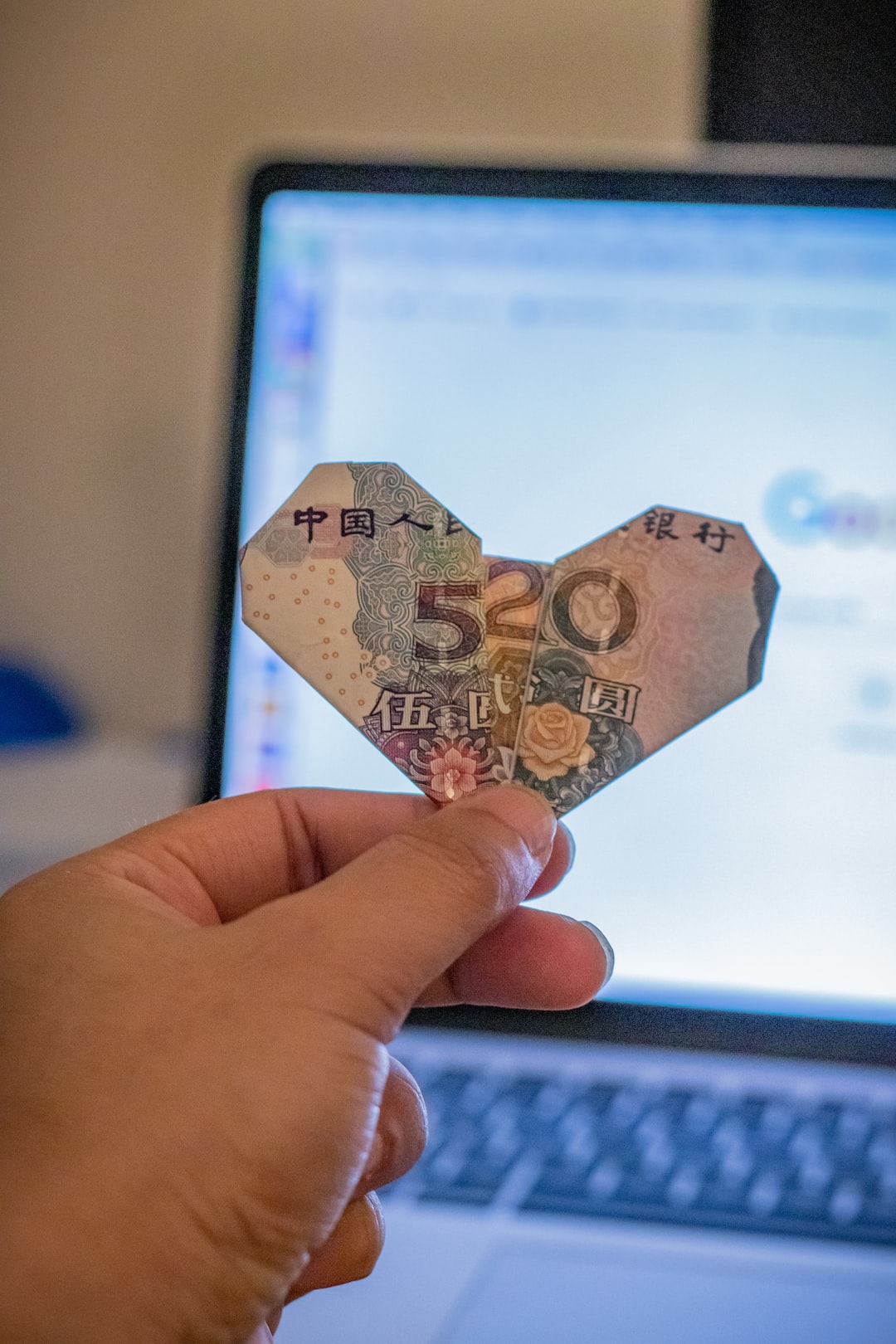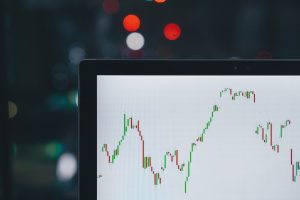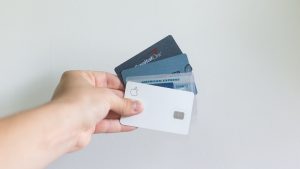Forex trading is a vast and complex field that involves a lot of technical analysis and decision-making. It requires a trader to have a deep understanding of market trends, economic indicators, and technical analysis tools. However, with the advancement of technology, machine learning and artificial intelligence have made it possible to train computers to analyze and predict market trends.
TensorFlow is a popular open-source machine learning platform developed by Google. It is widely used in various industries, including finance, healthcare, and gaming, to build and train machine learning models. In this article, we will explore how to train TensorFlow to trade Forex.
Understanding Forex Trading
Forex trading is the act of buying and selling currencies with the aim of making a profit. It is one of the largest financial markets in the world, with an average daily turnover of over $5 trillion. Forex traders use a variety of technical and fundamental analysis tools to analyze market trends and make informed trading decisions.
In Forex trading, predicting market trends accurately is crucial, as it determines whether a trader is profitable or not. However, predicting market trends is not an easy task, as there are many factors that influence the market, including political events, economic indicators, and global news.
Machine learning is a powerful tool that can help traders predict market trends accurately by analyzing large data sets and identifying patterns. TensorFlow is an open-source machine learning platform that provides traders with the tools they need to build and train machine learning models for Forex trading.
Building a TensorFlow model for Forex Trading
To train TensorFlow to trade Forex, you need to build a machine learning model that can analyze market data and predict market trends accurately. Here are the steps to follow:
1. Collect Data: The first step in building a TensorFlow model for Forex trading is to collect data. You need to collect historical Forex data, including price data, volume data, and technical indicators. This data will be used to train your machine learning model.
2. Preprocess Data: Once you have collected your data, you need to preprocess it to make it suitable for your machine learning model. This involves cleaning and formatting the data, as well as transforming it into a format that can be used by your model.
3. Choose a Model: The next step is to choose a machine learning model that is suitable for Forex trading. There are many models to choose from, including neural networks, decision trees, and random forests. You need to choose a model that is appropriate for your data and can accurately predict market trends.
4. Train the Model: Once you have chosen your model, you need to train it using your preprocessed data. This involves feeding your model with your historical Forex data and allowing it to learn from it. You can use TensorFlow’s built-in training functions to train your model.
5. Test the Model: After training your model, you need to test it to see how well it performs. You can do this by feeding your model with new data and comparing its predictions with the actual market trends. If your model performs well, you can use it to make trading decisions.
Conclusion
In conclusion, training TensorFlow to trade Forex requires a deep understanding of both Forex trading and machine learning. By following the steps outlined in this article, you can build and train a machine learning model that can accurately predict market trends and help you make better trading decisions. However, it is important to note that machine learning models are not infallible, and there is always a risk involved in Forex trading. Therefore, it is important to use machine learning models as a tool to inform your trading decisions, rather than relying on them entirely.





